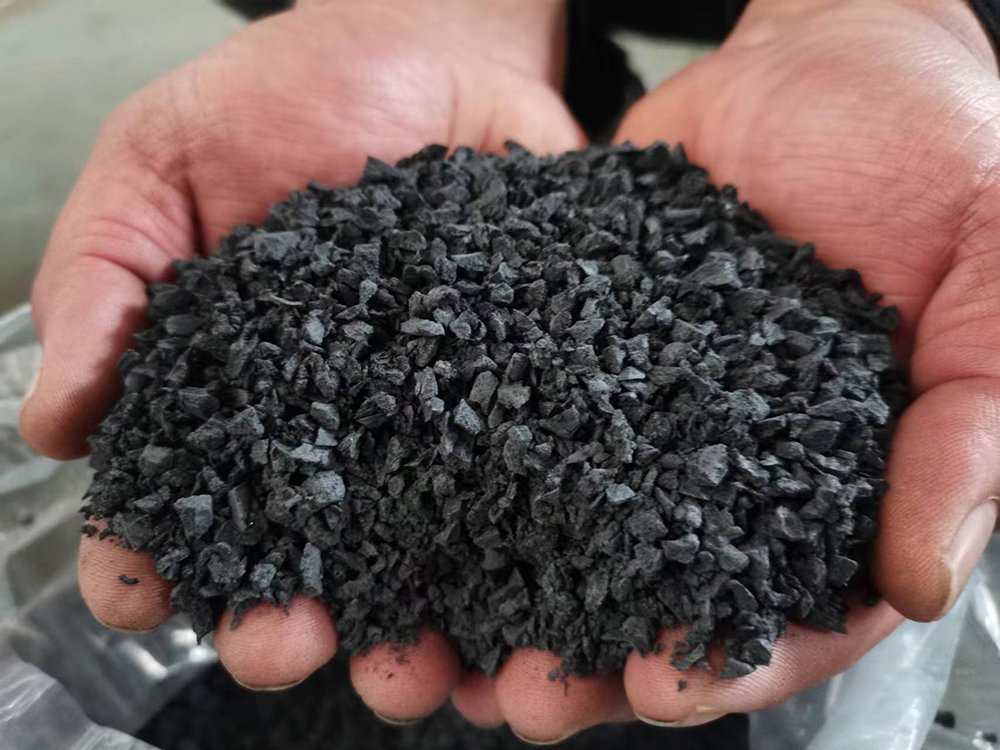In today’s era of sustainable practices and environmental consciousness, tire recycling has emerged as a crucial solution for managing the vast quantities of waste tires that accumulate worldwide. The process of tire recycling involves converting discarded tires into valuable rubber products through the tire recycling plant such as shredding and grinding. One key decision that the tire reycling manufacturer must make in a tyre recycling line is determining the optimal rubber size to produce. By understanding the significance of rubber size’s selection in tire recycling, industry stakeholders can make informed decisions to maximize the efficiency and sustainability of their operations.
Ecoshred can customize various configurations of tire recycling line for making different final products, depending on how customers want to utilize the final products. So for tire recycling business starters, one of the things needs to be determined at the beginning is what rubber sizes you want to produce, that will help tyre recycling machine manufacturer to make the right solution for you.
Target Applications for Different Rubber Sizes
1. One easy way to get profit from waste tires is to cut them in small pieces, such as 50~100mm tire chips. It can be directly used by cement factory, smelting plant, furnaces, boilers and similar industries which needs burning fuel such as coals, the tire chips are a good replacement of coals. Some tire recyclers also will purchase the tire pieces for further processing into fine rubber powder, since tire chips can save a lot of space for transportation than complete tires.
2. Some factories may require the rubber fuel without steel wires, in such circumstance, the size should be reduced between 10~30mm to remove the steel wires out, also this size rubber mulch can be used for tyre pyrolysis plant, and landscape mulching.
3. If you want to use the rubber granules for road pavement or floor tiles, rubber mats, etc. The ideal rubber size is between 1~5 mm range. Depending on the smooth of the floor. The smaller size, the smoother floor you can make. And after rubber size reduced under 5mm, the nylon fiber can be separated out. Besides, 1~5 mm rubber crumbs is also suitable for making artificial turf for sports field.
4. 20~80 mesh powder is another popular output size, it can be used for rubberized asphalt, reclaimed rubber, water-proof material, etc. It also can be used as ingredient for making new tires.
Considering the return on investment is essential when producing different rubber sizes. The Tire recycling manufacturer needs to assess factors such as market demand of rubber, pricing strategies, and production efficiency to determine the profitability of producing specific rubber sizes. By evaluating the return on investment, businesses can make strategic decisions to maximize their financial returns. In conclusion, the choice of rubber size in tire recycling plays a pivotal role in shaping the outcomes of the recycling process. By aligning rubber size selection with market demands, production capabilities, quality standards, environmental goals, and cost considerations, tire recyclers can optimize their operations for success. As the tire recycling industry continues to evolve, the significance of producing the right rubber size will only grow. By staying informed and adaptable in this aspect, tire recyclers can contribute significantly to the circular economy and sustainable resource management.





